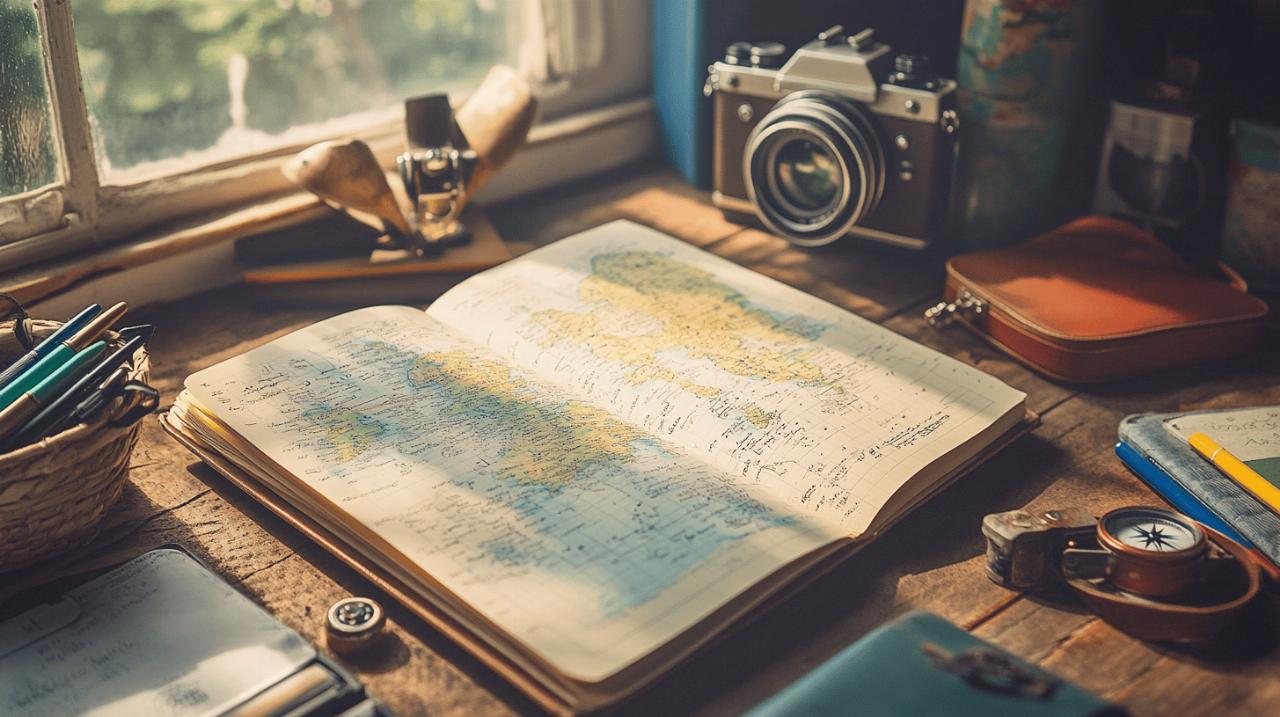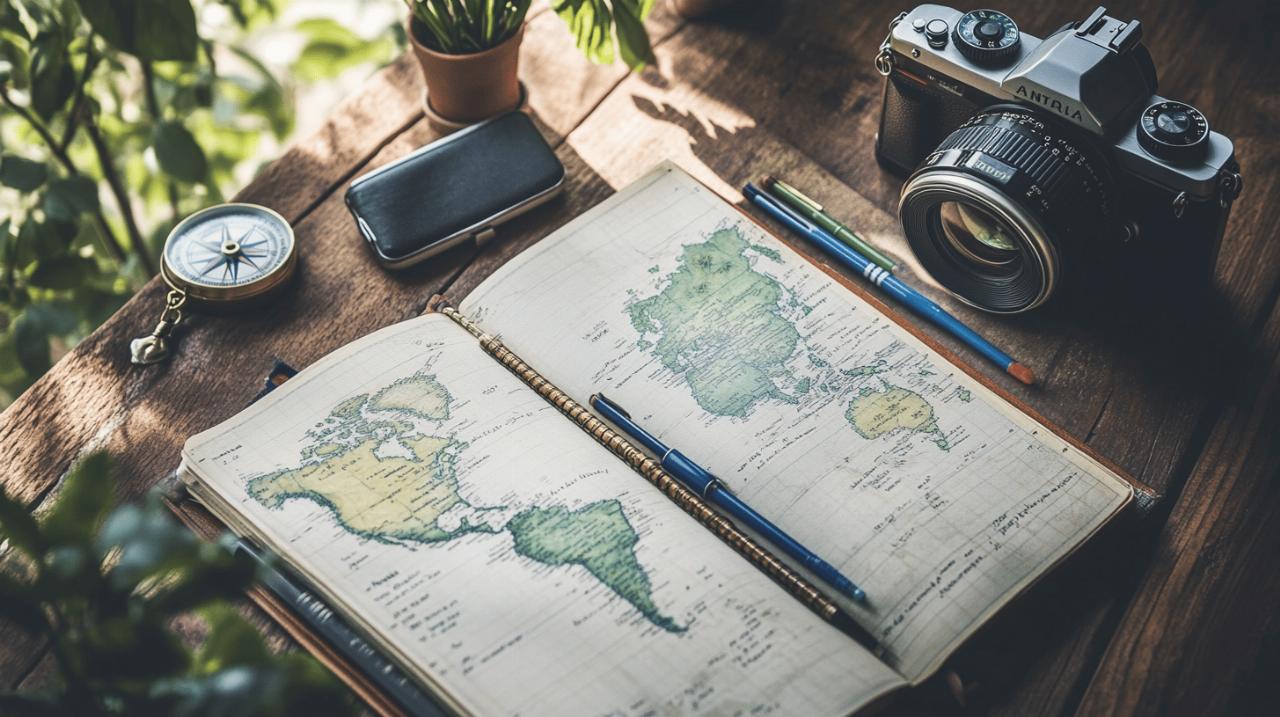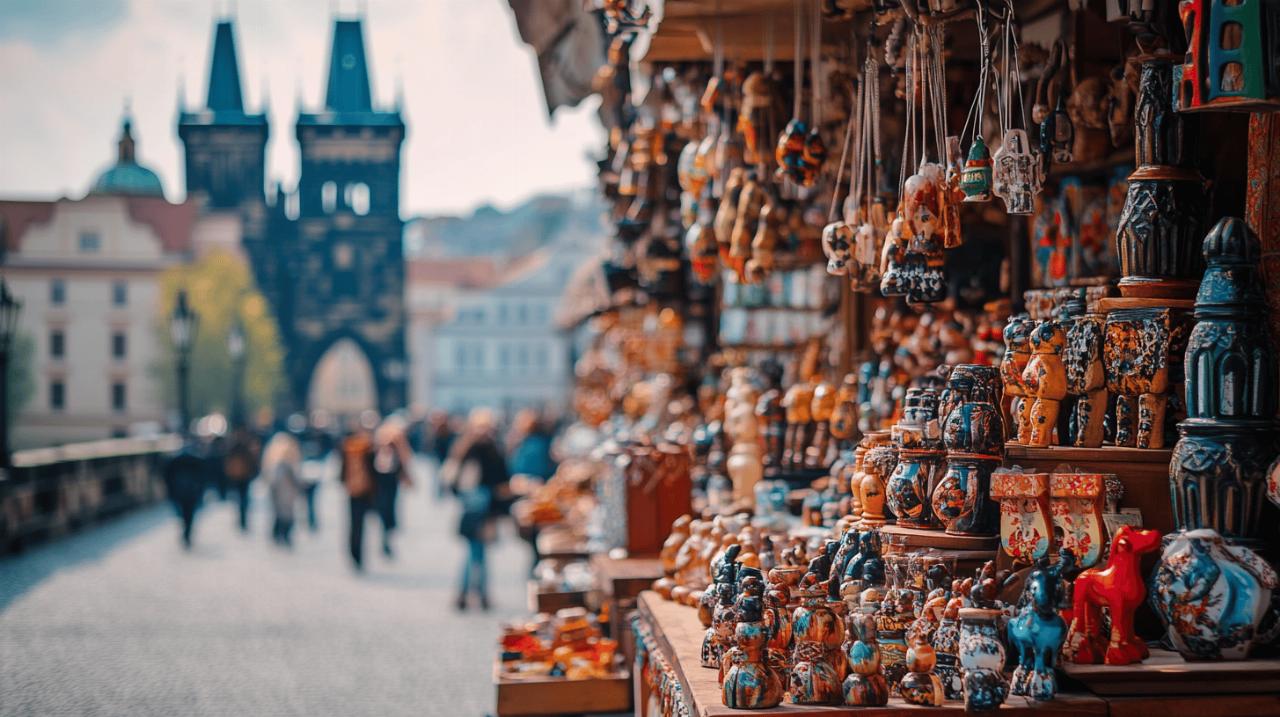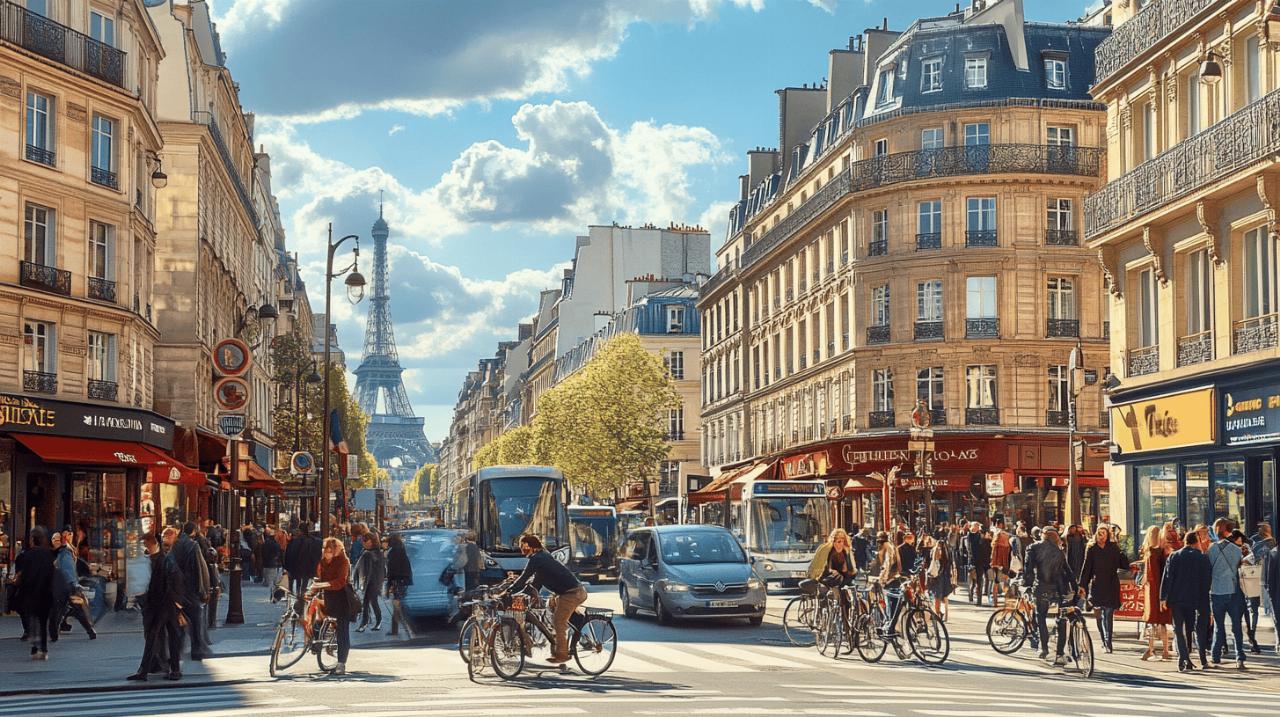Venturing beyond the familiar holds the promise of discovery, and preserving these fleeting moments becomes an art form in itself. The travel journal, whether nestled in a rucksack or residing in the cloud, transforms fleeting impressions into tangible memories. It is a personal archive, a sanctuary where the vivid details of an expedition unfold without the pressure of performance or the scrutiny of an audience. This practice of chronicling journeys is as much about introspection as it is about documentation, an invitation to engage deeply with the world encountered along the way.
Selecting Your Travel Journal: Finding the Perfect Format and Materials
Paper versus Digital: Weighing the Benefits of Traditional and Modern Approaches
The choice between a traditional paper journal and a digital counterpart is deeply personal, shaped by the nature of the journey and the traveller's inclinations. A paper journal offers a tactile pleasure, the weight of a notebook in a bag serving as a constant companion. There is something intimate about the act of writing by hand, the pen moving across the page, capturing thoughts in real time without the distraction of notifications or battery life. The physicality of it encourages a slower pace, inviting reflection in a manner that feels almost meditative. Many find that this analogue approach fosters a deeper connection to the experiences being recorded, as if the words themselves are inscribed into memory alongside the ink.
Digital formats, however, present their own set of advantages. For those who travel light or embark on lengthy expeditions, the convenience of a smartphone or tablet cannot be overstated. These devices allow for quick entries, the ability to incorporate photographs directly into the text, and the ease of editing or reorganising thoughts. Digital journals can be backed up, shared selectively, or even transformed into a blog if the desire arises. Yet, the ephemeral nature of screens sometimes lacks the enduring quality of a physical book, and the temptation to multitask can dilute the focused attention that journaling demands. The decision ultimately hinges on what feels most authentic to the individual, and there is no singular right answer.
Choosing a Cover and Size That Complements Your Travel Style
The cover of a journal is more than mere protection for its pages; it is a declaration of intent, a reflection of the personality of the person who will fill it. Some travellers gravitate towards robust leather bindings that promise durability through rain, dust, and the rigours of transit. Others prefer brightly coloured designs or minimalist covers that speak to a particular aesthetic sensibility. The cover becomes part of the ritual, something that invites the hand to reach for it during quiet moments in cafes or on trains. It is a small but significant choice that can enhance the enjoyment of the practice itself.
Size matters as well, particularly when considering the practicalities of travel. A compact notebook fits easily into a day pack, making it accessible for jotting down impressions on the go. This format suits those who move frequently, perhaps backpacking through remote regions where space and weight are at a premium. Conversely, a larger journal offers generous room for sketches, pasted ticket stubs, pressed flowers, and expansive prose. Such volumes are well suited to road trips or extended stays in a single location, where the luxury of space allows for more elaborate creative projects. The format chosen should align with the rhythm of the journey, serving as a faithful partner rather than a burdensome obligation.
Breathing Life into Your Pages: Creative Techniques for Capturing Experiences
Incorporating Drawings, Memorabilia, and Sensory Details to Enrich Your Narrative
A travel journal need not be confined to written words alone. The inclusion of visual elements transforms the pages into a vibrant tapestry of experience. Sketches of landscapes, quick doodles of street scenes, or even crude maps of places visited add a layer of immediacy that prose cannot always convey. These illustrations need not demonstrate artistic mastery; rather, they serve as personal reminders, capturing the essence of a moment in a way that words might miss. The act of drawing itself can be a form of meditation, slowing down the traveller's gaze and encouraging a deeper observation of surroundings.
Memorabilia gathered along the way further enriches the narrative. Train tickets, postage stamps, pressed leaves, napkins from memorable meals, or fragments of maps can be affixed to the pages, creating a three-dimensional archive. These artefacts carry their own stories, evoking the sights, sounds, and scents of the places they represent. A simple piece of wrapping paper from a market in Morocco or a business card from a quaint Parisian bookshop becomes a portal back to that specific moment. Sensory details recorded in writing complement these physical tokens, describing the taste of an unfamiliar dish, the cacophony of a bustling city, or the sensation of a breeze against the skin. Together, these elements weave a rich, multisensory record that transcends the limitations of text alone.
Embracing imperfection: making your journal an authentic personal expression
There is a common misconception that a travel journal must be a polished, picture-perfect creation worthy of publication or social media acclaim. This notion can be paralyzing, stifling the very spontaneity that makes the practice valuable. The truth is that authenticity far outweighs aesthetic perfection. Smudged ink, wonky sketches, hastily scrawled sentences, and even blank pages where exhaustion or distraction took precedence are all part of the genuine record. These imperfections are not failures but rather honest markers of the human experience, reflecting the messy, unpredictable nature of travel itself.
Letting go of perfectionism opens the door to a more liberated form of expression. The journal becomes a private space where there is no need to curate or filter, a stark contrast to the carefully edited narratives often presented on platforms like YouTube or other social media channels. It is a place to be vulnerable, to record disappointments and challenges alongside triumphs and joys. This freedom fosters a deeper engagement with the practice, transforming it from a chore into a cherished ritual. The pages become a mirror of the inner landscape as much as the outer one, a testament to growth and discovery that unfolds with each entry.
Inspiration and Ideas: What to Document in Your Travel Diary
Recording the Flavours, Sounds, and Sensations of Your Journey
 When faced with a blank page, travellers often wonder what exactly they should record. The answer lies in the details that resonate most deeply, the fragments of experience that linger in memory long after the journey has ended. Food offers a rich vein of inspiration; the taste of a dish, the texture, the spices that dance on the tongue, and the context in which it was consumed all provide fertile ground for reflection. Describing a meal eaten at a roadside stall or in a family-run tavern captures not just the cuisine but the culture and the moment itself.
When faced with a blank page, travellers often wonder what exactly they should record. The answer lies in the details that resonate most deeply, the fragments of experience that linger in memory long after the journey has ended. Food offers a rich vein of inspiration; the taste of a dish, the texture, the spices that dance on the tongue, and the context in which it was consumed all provide fertile ground for reflection. Describing a meal eaten at a roadside stall or in a family-run tavern captures not just the cuisine but the culture and the moment itself.
Sounds are equally evocative. The rhythmic clatter of a train crossing the countryside, the call to prayer echoing across a Moroccan medina, the laughter of children playing in a European plaza, or the rustle of leaves in a quiet forest all contribute to the atmosphere of a place. Recording these auditory impressions helps to reconstruct the sensory landscape of the journey. Similarly, physical sensations such as the warmth of the sun, the chill of a mountain breeze, the fatigue after a long day of walking, or the exhilaration of reaching a summit add depth to the narrative. These sensory snapshots transform the journal into a vivid, immersive record that engages all the senses.
Asking Yourself the Right Questions to Uncover Meaningful Moments
Self-questioning is a powerful tool for uncovering the significance hidden within everyday experiences. Rather than simply recounting events in chronological order, posing reflective questions can illuminate the emotional and intellectual dimensions of travel. What surprised me today? What challenged my assumptions? What made me laugh or brought me to tears? These prompts encourage deeper engagement with the journey, moving beyond surface-level observations to explore the inner transformations that travel can inspire.
Other questions might focus on the interactions with people encountered along the way. What did I learn from the stranger I met on the bus? How did a conversation with a local change my perspective? What moments of connection transcended language barriers? Such reflections honour the human element of travel, recognising that journeys are as much about the people we meet as the places we visit. Additionally, considering what was difficult or uncomfortable can be just as valuable as celebrating the highlights. How did I cope with loneliness or frustration? What did I miss from home? These honest inquiries create a more complete and authentic account, one that acknowledges the full spectrum of the travel experience.
Crafting a Lasting Keepsake: DIY Tips and the Value of Private Reflection
Customising Your Notebook with Personal Touches and Creative Projects
The process of creating a travel journal can begin even before departure, with the customisation of the notebook itself. For those inclined towards creative projects, there are countless DIY ideas available through platforms like Pinterest or tutorials found in the quieter corners of the internet. Decorating the cover with fabric, paint, or collage elements sets the tone for the journey ahead. Some travellers create pockets within the pages to hold loose items, while others design index tabs or thematic sections. These personalised touches make the journal feel truly one's own, a bespoke creation that reflects individual taste and intention.
Throughout the journey, additional customisation can occur organically. Washi tape, coloured pens, and stickers can be used to highlight certain entries or frame particularly meaningful pages. For those with an interest in scrapbooking, the travel journal becomes a canvas for more elaborate layouts, combining text, imagery, and embellishments in a manner reminiscent of a graphic novel. Craig Thompson's celebrated work Carnet de Voyage, which documents his travels through Europe and Morocco with sketches and reflections, exemplifies how a travel journal can become a work of art in its own right. Even for those without such artistic ambitions, the act of customisation reinforces the journal's status as a unique, irreplaceable artefact.
Preserving Your Travels as a Private Sanctuary Beyond Social Media
In an age where every experience seems destined for the scrutiny of an online audience, the travel journal offers a rare sanctuary of privacy. Unlike content shared on platforms governed by terms of service, privacy policies, and the capricious algorithms of developers, a personal journal is entirely under the control of its creator. It will never be ceded to advertisers, analysed for data, or subject to the pressures of subscription cancellation and copyright concerns that plague digital content creators. This autonomy is liberating, allowing for honesty and vulnerability that would be impossible in a public forum.
The private nature of a journal means it can serve as a space for unfiltered reflection, a place to process emotions and experiences without fear of judgement or the need to perform. It becomes a dialogue with oneself, a record of inner as well as outer journeys. Long after the holidays have ended and the journey has faded into the past, the journal remains a tangible connection to those moments, a keepsake that can be revisited time and again. There is a profound satisfaction in flipping through old pages, rediscovering forgotten details, and recognising the person one was at that particular moment in time. In this way, the act of keeping a travel journal transcends mere documentation; it becomes a practice of preserving the self, inscribing the journey not just onto paper or screen but into the very fabric of personal history.






